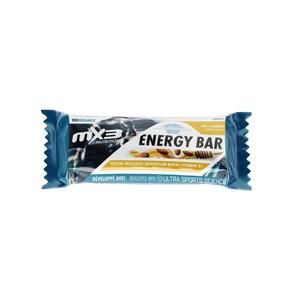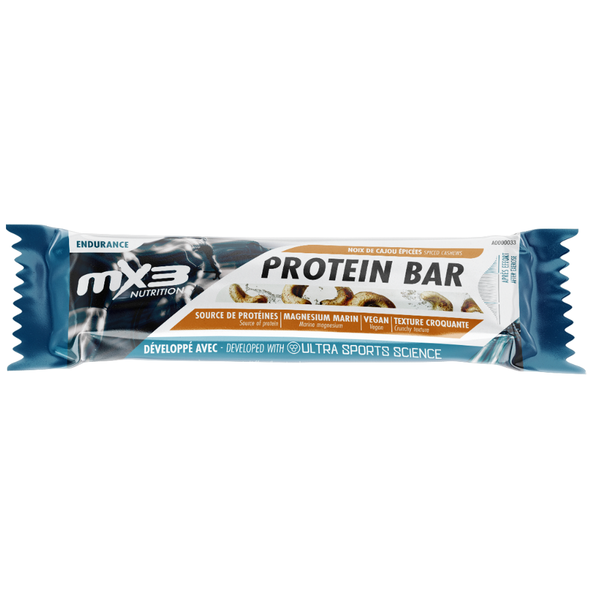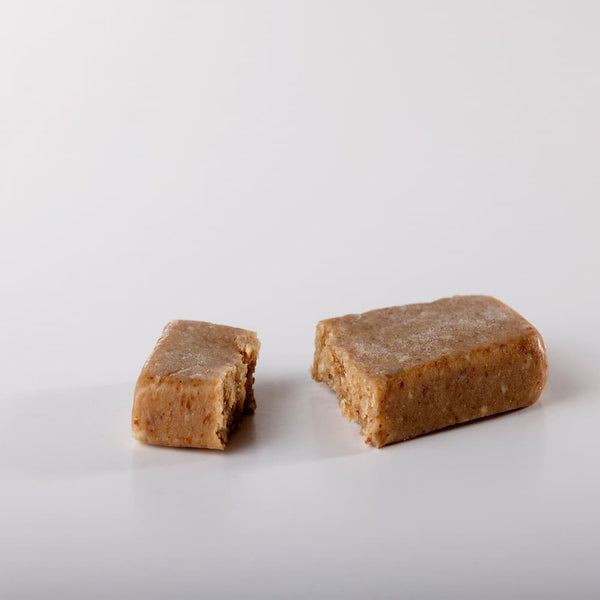Isomaltulose: The smart fuel for athletes!
Isomaltulose, also known as palatinose, is a slow, low glycemic index carbohydrate that is gaining popularity among athletes due to its many performance and health benefits. Here's everything you need to know about this smart fuel:
The benefits of isomaltulose
Gradual energy release
Unlike simple carbohydrates which cause spikes and crashes in blood sugar levels, isomaltulose is digested slowly by the body, providing a gradual and sustained release of energy. This allows athletes to maintain stable energy levels for long periods of time, ideal for endurance activities.
Blood sugar stability
Due to its slow digestion, isomaltulose does not cause rapid fluctuations in blood sugar, which may help prevent energy dips and cravings during exercise. This makes it a wise choice for athletes looking to optimize their performance and recovery.
Improved stamina
Studies have shown that consuming isomaltulose before and during exercise can improve endurance by prolonging the availability of glucose in the blood and promoting the use of fat as an energy source, which can help save weight. muscle glycogen stores.
Favorable for oral health
Unlike fast sugars, isomaltulose is non-cariogenic, meaning it does not cause tooth decay. This makes it a more favorable choice for oral health, which is particularly important for athletes who eat a high-carbohydrate diet.
Adaptability to drinks and foods
Isomaltulose can be easily incorporated into a variety of beverages and foods, including energy drinks, energy bars, gels and sports drinks, providing athletes with a convenient option for maintaining their energy levels for exercise.
In summary, isomaltulose is a smart carbohydrate that can be a valuable asset for athletes looking to optimize their performance, endurance and overall health. By integrating it wisely into their diet before, during and after exercise, athletes can benefit from a stable and sustained source of energy to help them achieve their sporting goals.
In what foods is isomaltulose found?
Isomaltulose is found in some natural foods as well as processed products. Here are some examples of foods that contain isomaltulose:
Honey
Honey is one of the richest natural sources of isomaltulose. It is present in small amounts, but can contribute to the sweet flavor of honey.
Sugar beet
Isomaltulose can be extracted from sugar beets and is sometimes used as a natural sweetener.
Sugar cane
Just like sugar beets, isomaltulose can be extracted from sugar cane and used as a sweetener.
Processed food products
Isomaltulose is also used as a sweetener in some processed foods such as energy bars, energy drinks and baked goods.
Dietary products and food supplements
Because of its nutritional properties, isomaltulose is sometimes added to dietary products and dietary supplements intended to provide a sustained source of energy.
It should be noted that the concentration of isomaltulose can vary between foods and products. It is therefore important to read product labels carefully if you are looking for foods that specifically contain isomaltulose.
The dangers of isomaltulose?
Isomaltulose is generally considered safe for human consumption and poses few dangers when consumed as part of a balanced diet. However, as with any food ingredient, it is important to take into account certain aspects:
Individual tolerance
Some people may be sensitive to isomaltulose and experience side effects such as bloating, flatulence, or gastrointestinal upset. It is therefore recommended to test your individual tolerance, starting with small quantities.
Effects on blood sugar
Although isomaltulose has a low glycemic index, meaning it does not cause as sharp a blood sugar spike as fast sugars, it can still have an effect on blood sugar levels. People with diabetes should therefore monitor their blood sugar levels when consuming foods containing isomaltulose.
Excessive consumption
With any carbohydrate, excessive consumption of isomaltulose can lead to weight gain if not compensated by adequate energy expenditure. It is therefore recommended to consume foods containing isomaltulose in moderation as part of a balanced diet.
In summary, although isomaltulose has benefits as a low-glycemic, sustained source of energy, it is important to incorporate it judiciously into one's diet and monitor for any adverse reactions, especially in sensitive individuals. or suffering from diabetes.
Freeze-dried food, energy bars and isomaltulose
Freeze-dried food and energy bars are popular choices among athletes and outdoor enthusiasts due to their convenience and energy supply. Isomaltulose is often present as an ingredient in these products to provide a sustained source of energy.
When added to freeze-dried foods or energy bars, isomaltulose helps maintain stable blood glucose levels over an extended period of time. Unlike fast sugars, which can cause spikes and crashes in energy, isomaltulose is digested slowly, providing long-lasting, steady energy.
The benefits of isomaltulose in freeze-dried foods and energy bars lie in its ability to provide sustained energy without causing a blood sugar spike. This can be particularly beneficial for long-duration physical activities, such as hiking, cycling or endurance running, where consistent energy intake is essential to maintain performance.
In short !
Practitioners of endurance sports or simple nature outing enthusiasts can find isomaltulose in many freeze-dried foods or energy bars . Beyond the very advantages of this type of product (duration, lightness, practicality, multiplicity of flavors, etc.) these foods represent a sustained and stable source of energy during their sporting activities or their outdoor adventures.


























